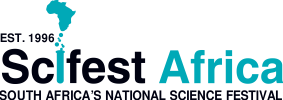The abundance of about half of the stable nuclei heavier than iron via the rapid neutron capture process or r-process is intimately related to the competition between neutron capture and beta-decay rates, which ultimately depends on the binding energy of neutron-rich nuclei.
The well-known Bethe-Weizsäcker semi-empirical mass formula describes the binding energy of ground states, with the symmetry energy parameter converging between 23-27 MeV for heavy nuclei. In this work we find an unexpected enhancement of the symmetry energy at higher temperatures from the available data of giant dipole resonances built on excited states. These are likely the temperatures where seed elements are created during the cooling down of the ejecta following neutron-star mergers or collapsars. The symmetry energy remains constant for a wide range of temperatures and may keep this large magnitude when neutron capture starts occurring (and elements heavier than iron are created) at slightly lower temperatures.
Calculations using this relatively large symmetry energy yield a reduction of the binding energy per nucleon for heavy neutron-rich nuclei and inhibit radiative neutron-capture rates.
This results in a substantial close in of the neutron dripline – where nuclei become unbound – which elucidates the long-sought universality of elemental abundances through the r-process; as inferred from the similar abundances found in extremely metal-poor stars and our Sun. More work is clearly needed, but our conclusion is supported by data, theory and astronomical findings.
Reference: José Nicolás Orce, Balaram Dey, Cebo Ngwetsheni, Srijit Bhattacharya, Deepak Pandit, Brenden Lesch, and Andile Zulu, submitted to Physics Letters B (2021).





